US Department of Energy strikes AI partnership with Weill Family Foundation to fuel breakthroughs in neuroscience

The US Department of Energy (DOE) and the Weill Family Foundation have entered into a public-private partnership that aims to advance supercomputer and artificial intelligence (AI) capabilities to make breakthroughs in biomedical research.
The partnership between the foundation – which makes philanthropic donations to facilitate transformational initiatives – and federal government was announced during a roundtable on DOE-driven AI at the Lawrence Livermore National Laboratory in California on Monday.
The two parties signed a memorandum of understanding formalising the partnership, which will foster collaboration and aims to utilise AI to improve the diagnosis and treatment of neurological disorders and traumatic brain injury. Its objectives range from better understanding how the brain functions, to funding complex clinical research that aims to develop novel methods for preventing, treating and repairing damage caused by brain diseases.
“Today marks the beginning of a collaboration that will fuel the acceleration of utilising artificial intelligence in neuroscience research to launch a new era in the diagnosis and treatment of neurological disease,” former Citigroup CEO Sandy Weill said at the roundtable, adding that the partnership looks forward to “positively impacting lives and society for many generations to come”.
Citing breakthroughs in cancer treatment and pioneering research into the cardiovascular system as examples of medical advances that are contributing to people living longer, Weill said that neurodegenerative diseases are becoming more common.
He said the partnership will work on preventing neurodegenerative diseases because treating them on a large scale “would just be too costly”.
Supercomputers
The DOE’s core remit is to advance the national, economic and energy security of the US and although most of the department’s missions are outside the life sciences arena, many of the materials, tools and methods it develops and employs are applicable to biomedical sciences. For example, the department is thought to be home to the world’s fastest supercomputers, which enable scientists and researchers to quickly analyse and gain insights from huge datasets.
To meet its aims, the new partnership will enable the building of computers that run 15 times faster than current speeds. It is hoped the new generation of computers will be ready by 2022.
These powerful machines will drive improvements in healthcare, and particularly in brain sciences, that are “monumental” and “world changing,” energy secretary Rick Perry told CNBC.
He added that the memorandum would, “advance ground-breaking AI research and development in health sciences that will enhance our overall security and improve our quality of life” and added that AI “has the power to literally change the world we live in by tackling some of the biggest problems facing humanity – from improving our environment to advancing our understanding of the cosmos; from increasing cybersecurity to improving crop production”.
Unusual move
Joint ventures of the kind struck by the Department of Energy and Weill Family Foundation are unusual – particularly because its aims are different to the core aims of the department – but according to Weill, public-private partnerships are necessary if innovations are to be made.
“As one looks at science and the development of new science, especially AI and computing, you really need to have partners to make things work,” he told CNBC. “It’s too expensive for anybody to try to do it by themselves.”
Michael Kratsios, the United States’ chief technology officer, said the government recognises the importance of public-private partnerships “to ensure the nation’s leadership in AI and that AI technologies are applied for the benefit of the American people” as part of the American AI Initiative and the national AI strategy.
This focus on collaboration is set out in the memorandum, which recognises that the partnership’s work could be enhanced through work with interested third parties in academia, private industry, philanthropy and governments.
Work enabled by the partnership will be carried out at the Lawrence Livermore and Lawrence Berkeley laboratories in California and the Argonne National Laboratory in Illinois.





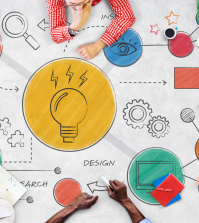
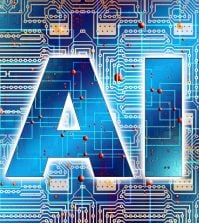












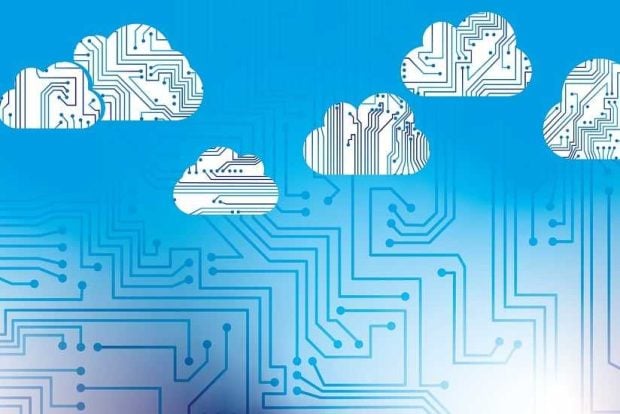
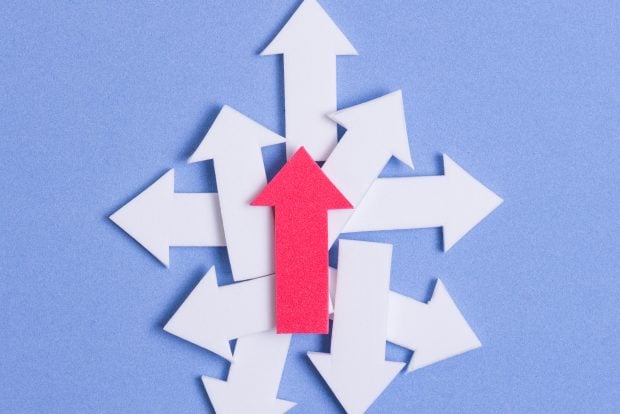

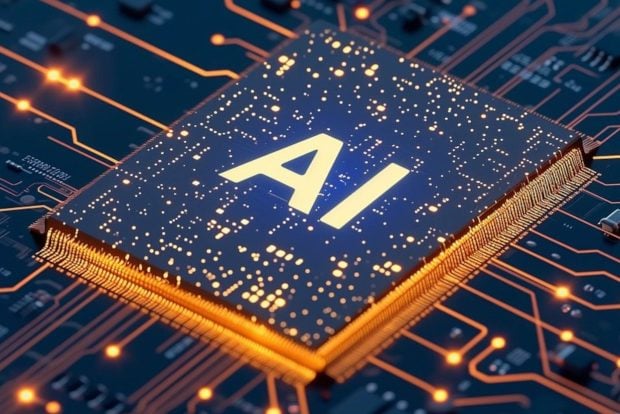
NIH,CDC, or any operating division of HHS I can understand, but Dept of Energy??? How will they implement potential improvements within their appropriations?